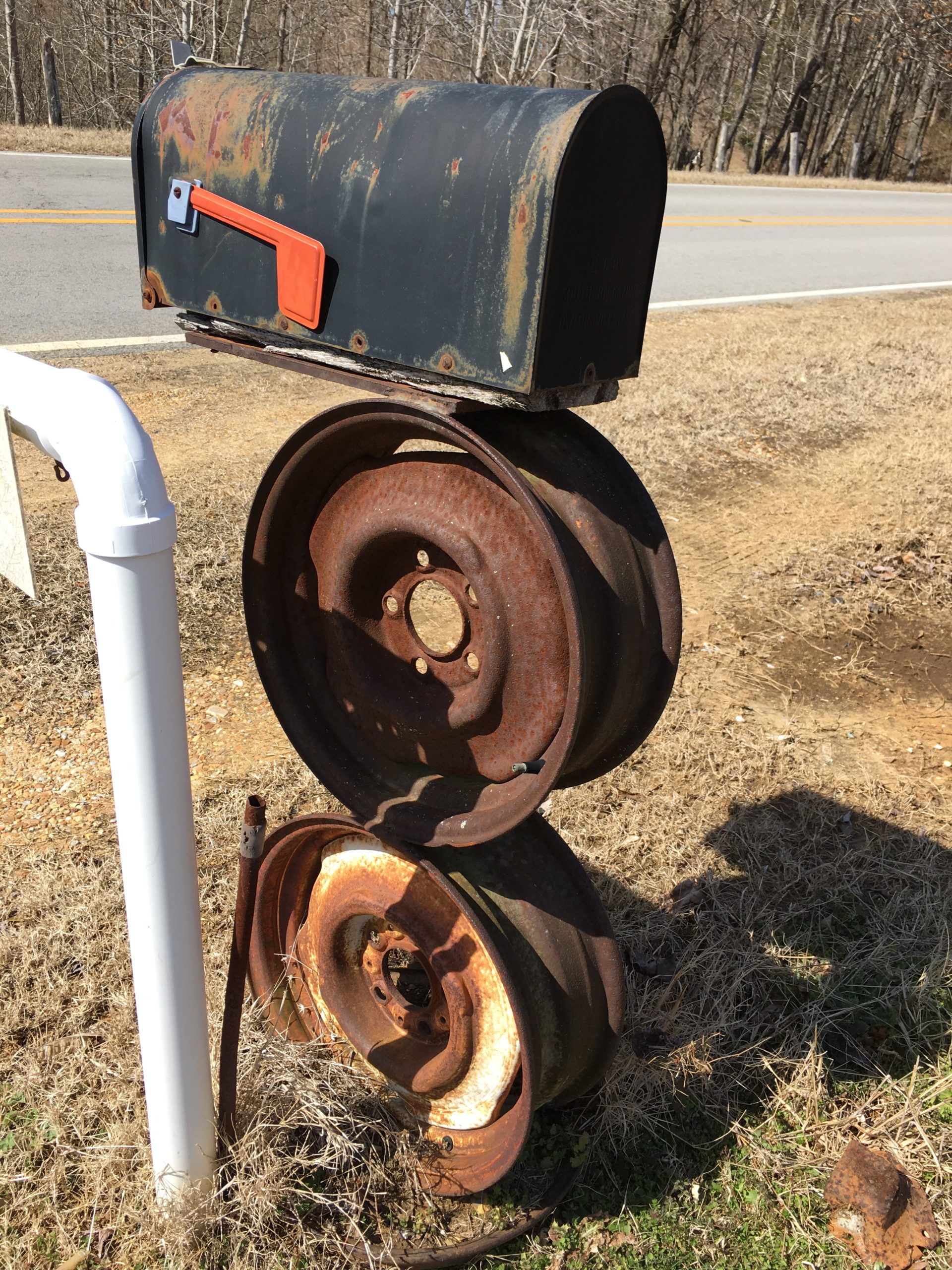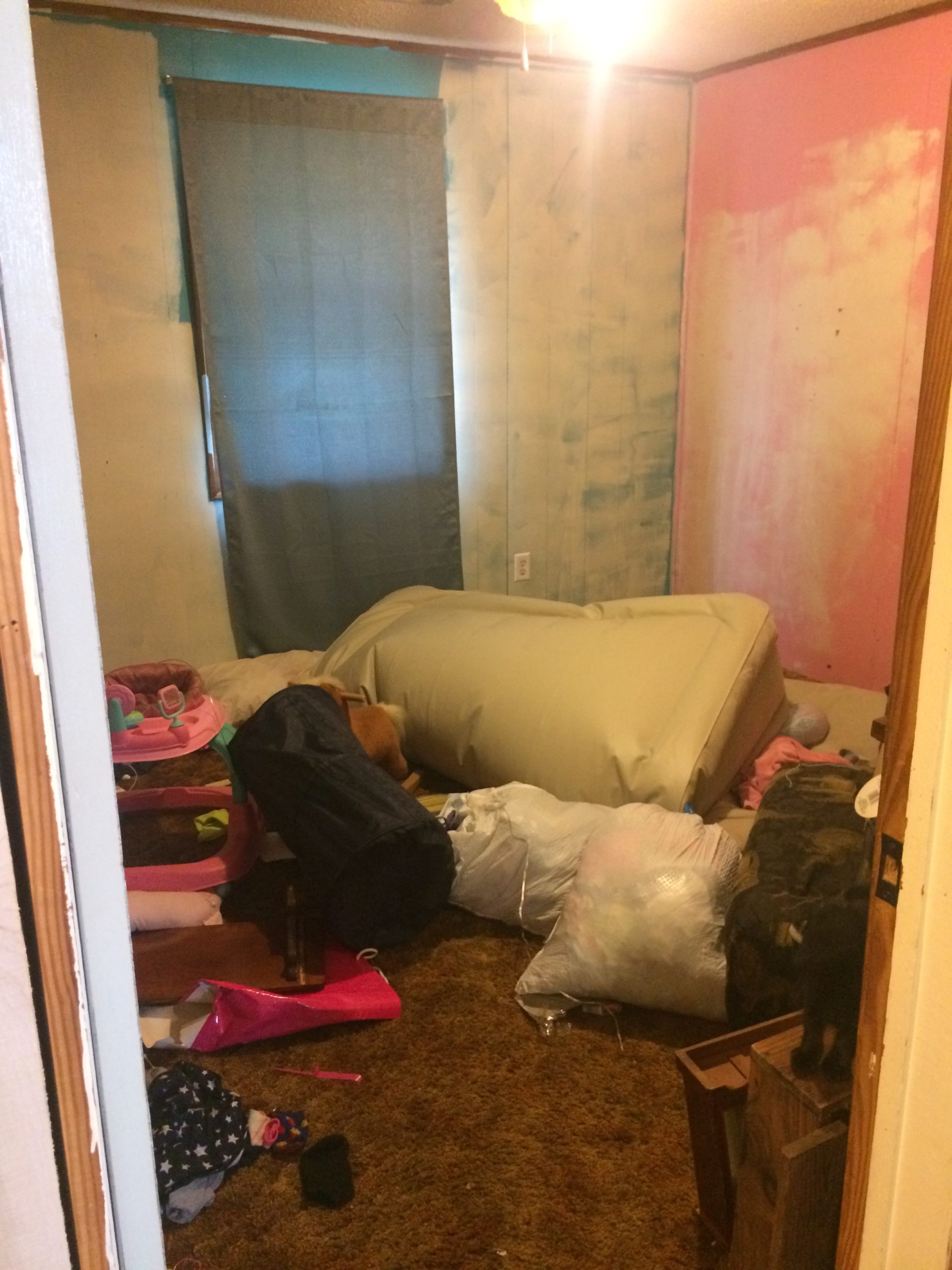Why Earthship Architecture and Super-Adobe are Best for Homesteading

I’ve already shared my love for super-adobe architecture, thanks to the many times I visited Cal-Earth, but aside from how inspired I was by super-adobe architecture, I was driven to take note of the likes of “earthships” in Taos, New Mexico. This was another type of architectural style I was introduced to thanks to my mom; and while I may not have been able to visit them yet, I have still seen them since my early high school years, taking note of how they are capable of withstanding tragic natural disasters just like super-adobe can!
Despite the respect I have for this architecture and its history, thanks to its creator of the concept “Michael Reynolds” there are however, certain aspects that are never talked about enough with earthships. I decided it was important to write an article about both the good and bad when choosing this method of building your own homestead!
Table of Contents
The Pros of Choosing Earthships!

For sure earthship architecture comes down to how much it is focused on recycling what may as well be classified as garbage in its creation. So much of earthship architecture is made from materials like cans and bottles, to find some way to reuse materials that would otherwise just be sitting in a landfill and perpetually taking up space. This way, we not only find an effective use of literal trash, but it makes the potential cost of materials far less!
In comparison to super-adobe, a huge part of its cost comes down to the price of earthbags and barbed wire (which are needed depending on the type of bags chosen), on top of ensuring you have a tool called a tamper to compact the bags on top of each other. What is literally trash is just going to be far cheaper, even the tires used to help make a huge part of the structures themselves, are used. They are filled with slightly moistened, compacted dirt to make what is basically a tire brick. This also helps with the heating and cooling of these structures, due to the thermal mass.

It is also important to take note of how general earthship designs utilize a greenhouse built into the structure itself. Allowing you to have an indoor garden for growing food, or anything you choose! Great for homesteading!
This architecture also tends to have solar and sometimes wind energy in helping to make the home as self-sufficient as possible, and thus making sure we don’t need to rely on a 3rd party to supply electricity; resulting in no power bills. However, it does mean that one of the more expensive investments for this home would involve the price of a solar system.
With the typical earthship design you also have the idea of ensuring that you use your water as efficiently as possible. By use of rain water catchment first, water is stored in cisterns and then filtered and piped to sinks, showers and washing machine. Gray water is then sent through a strainer to catch all particulates and sent to all indoor growing beds to automatically water live plants.
By the time it has been filtered through the greenhouse plant beds, the final result is gray water that has been filtered and become clean enough to flush your toilets with. This water is then sent out to living non-edible plants that thrive on human waste, thus cleaning the water again. Then it continues on to, sometimes a septic tank and then leach field type system, where it is now possible to water trees and shrubs that provide food. Ensuring that water collected is used at least 4 times over! Allowing a home to provide water off grid in areas that sometimes only have a 12 inch annual rainfall.
The Cons of Choosing Earthships!

However, despite all the great aspects of earthships, making them so desirable, they are not completely as clean as you would hope and expect from how they are talked up. The recycled tires used have been one of the biggest issues that is rarely been addressed by Mr. Reynolds. While it helps make them cheaper than other methods of building, they have a side effect of off-gassing.
This is said to be so bad; The Ministry of Architecture has an article talking on this very point, using the example of an already existing subgroup who played on athletic fields “paved with a form of AstroTurf that used crumb rubber from recycled tires in its makeup”, and this subgroup has been discovered by scientists and doctors to have contracted cancer. While many things in the modern day have cancer warnings on them, it is very disturbing when a whole subgroup of goalies, who were playing on the AstroTurf made of recycled tires, got cancer.
Since tires are toxic in the first place, it makes the possibility of them off gassing all too real. And when we all may want to obtain organic produce through greenhouses, why should we risk this? It also definitely makes it hard to find these homes as cheap as you would hope, especially where the cost to your health may be so high. This is why making an earthship out of super-adobe bags may be the perfect solution. By combining these two wonderful types of building it seems you could obtain the best of both design worlds.

Another con is the expense of the solar investment, it is one that does at least ensure you won’t be paying a power bill. However it seems that everyone agrees that having many different sources to provide each particular need is always a good idea; That is where wind turbines would come in. We will talk more about these in a later blog post.
Where food production is concerned earthship greenhouses are generally not that big. You may need to still have an external greenhouse and garden areas on your property with this in mind, as you need to have the ability to grow as much food as you can for self-sufficiency. However, at the end of the day, the biggest thing to take note of is how expensive building these can still be. But lets remember this is an investment into a home that will literally heat you, cool you, feed you and provide you with power and water to supply all of your life sustaining needs.
The trash utilized in making one isn’t necessarily something that makes building one cheaper than conventional building. They are still going to take a big investment, especially when you consider the solar system as a huge part of it not to mention the cost of building supplies and wood going up so much over the years. In the end, it truly is about investing in buildings that will provide for your future. And if I am personally speaking, it is important to combine many of these architectural ideas!
Why Both Super-Adobe and Earthship Architecture Should Combine

In the end, while earthships provide various useful design aspects that can benefit anyone. When considering the cons of its building materials, it would be wise think twice about the tires for the sake of your health.
You can still take the idea of a greenhouse attached to the home and storing thermal mass to heat the building passively (also not addressed in this blog post are the cooling systems which take zero energy input to cool the home in the summer; we will talk more about this in a later article.), the systems of water collection and gray water recycling for the greenhouse, for your toilets and finally outdoor use; However, if we cannot use tires for the structure and its strength against natural disasters, what could we do?
We could utilize super-adobe instead. Using earthbags/super-adobe bags and finishing the walls with adobe. These two architectural methods could easily be combined; Coming together to provide the best homesteading structures you could ever desire!
You would have a greenhouse connected to your home for food production, water recycling for efficiency, AND cooling and heating of the home itself; but you’d also obtain strength and structural integrity against many natural disasters in utilizing earthbags/super-adobe bags, without tire toxins negatively effecting health and food crops. These methods of building can also provide structures for other uses; like businesses, out buildings, animal shelters, storage, and even root cellars and storm shelters/bunkers as well.

Truly, we are sleeping on the best ideas in architecture for ages, if we want to survive and thrive, even help our community… We should not pass up how useful this will be for any building you could ever want, that anyone could ever need! This architecture should be for businesses, schools, bunkers, farms, workshops, and homes as well!
The only thing getting in the way of these architectural concepts being utilized to their full potential are the building codes in counties. Some are more accommodating than others. I believe things need to change in two ways. One is a push for updating what is allowed in these building codes as the historical record shows that these types of building are strong and resilient. And the other is a whole can of worms on the front of freedom and law. So with this I’d like to conclude by urging everyone to do a little research of their own on the subject of what is called allodial title (more from me on this topic later).
























